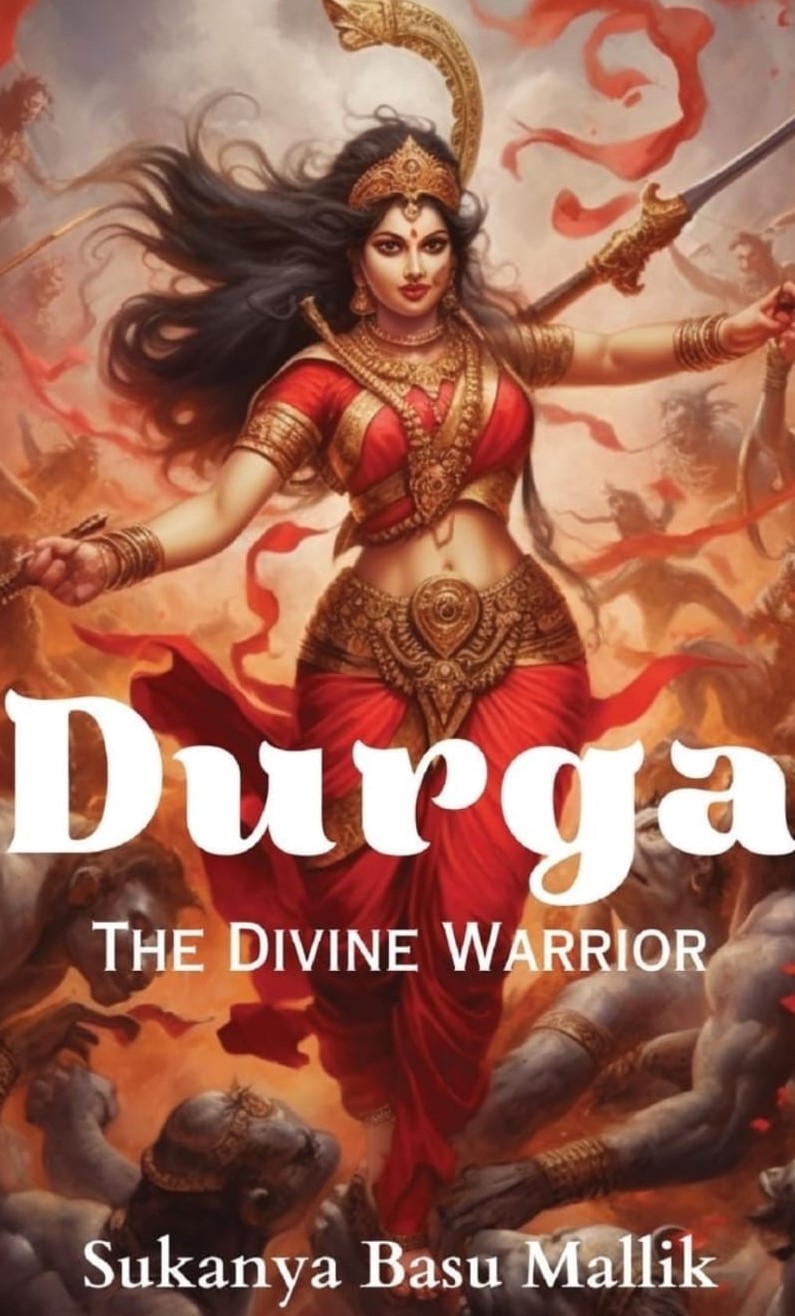On the 14th of February 2019 in Pulwama, a notified area council approximately 30 kilometres South of Srinagar, a radical and fundamentalist youth by the name of Adil Ahmed Dar rammed a blue coloured Maruti Eco car laden with close to 200 kilograms of explosives into a bus that was part of a serpentine convoy ferrying 2,547 personnel of the Central Reserve Police Force from Jammu to Srinagar. The huge explosion claimed the lives of 44 para milatry personnel and marked the zenith of terrorism that had befallen and besmirched Jammu & Kashmir. The Indian Government led by Narendra Modi swiftly retaliated by launching airstrikes at terrorist camps operating within the region of Balakot across the India border. Pulwama, however, continues to remain a tragedy of monumental and incalculable proportions.
Bestselling author and journalist Rahul Pandita›s absorbing book, “The Lover Boy of Bahawalpur”, traces the investigations launched in the aftermath of the Pulwama disaster and the ingenious and out of the box thinking employed by the Indian Intelligence forces in nailing down many nefarious elements who directly or indirectly aided and abetted such a gruesome act.
Narrated in multiple voices, the book also combines the rigour of journalism, the intimacy of a diary, and the craft of a novel. The author states that at every stage the book was corroborated at multiple levels with other agencies involved in counter insurgency operations in and around Kashmir. It seemed to be a well investigated and evidence based reporting and thus it came out to be a very informative read.
Who were the actual masterminds of this audacious strike?
It seemed impossible to find out. In this thrilling and deeply reported book, the award-winning author and journalist Rahul Pandita tells the story of how a team of extraordinary NIA sleuths crack the case one jigsaw piece at a time. Against all odds, they manage to connect the dots between a seemingly routine troublemaker put in preventive detention at the time of the abrogation of article 370, a mobile phone full of lustful messages recovered after an encounter that killed a terrorist and the Pulwama attack itself. The sinister roots of the strike, they would discover, are several decades deep and can be traced to one man “Masood Azhar” and the empire of terror he created in Kashmir.The “lover boy” referred to in the title is Umar Farooq, nephew of Jaish found Masood Azhar and a key accused in the case. Farooq was killed in an encounter a month after the Pulwama attack.
In this book we enter the terrifying world of radical Islamists and secret militant operations, of intelligence agencies and elite counterterrorism units.
Rakesh Balwal, an officer from the Manipur cadre of the Indian Police Service and the Jammu & Kashmir head of National Investigation Agency (NIA), struck gold when the entire investigation seemed to have reached a dead end with forensics revealing nothing of significance. Based on a pure hunch, Balwal expanded the territory of the search operations and by a stroke of sheer luck stumbled upon a shiny object that was half buried in mud slush. The find turned out to be a key with the number ‘1026’ engraved on it. Ahead of the key was found a piece of bone. The key turned out to be that of the Maruti Eco car that had rammed into the convoy. A DNA profiling report on the tissue material around the bone found it to be a match with the DNA extracted from Dar’s blood sample.
Pandita also traces in brief the genesis and evolution of terror in the region of Jammu & Kashmir very precisely. Pakistan first tried to foment restlessness in the valley many decades ago. Under an incursion codenamed “Operation Gibraltar”, Pakistan sent some Afghan rebels/mercenaries supported by Pakistani Army regulars into Kashmir to stir up violence. These men asked Mohammed Din Jagir, a resident of Tangmarg, to assist them get into the town and arrange Kashmiri clothing donning which would make them inconspicuous. But Jagir, instead informed the police, who ultimately managed to foil the insidious operation. Jagir was bestowed with the Padma Shri. He also requested for a transistor as well as ‘intervention’ in getting married to the woman of his choice, both of which were facilitated by the Indian Government. However, two decades hence, Jagir was gunned down by terrorists for having adopted this “pro-India” stance.
Rahul Pandita also brings to the fore a conundrum faced by the law enforcement authorities as well as intelligence agencies operating in the terror prone region. The same human pool is tapped into by both the militants as well as police officers for different purposes. While the terrorists actively look for ‘recruitment’, the intelligence agencies look for credible information that would put paid to the hopes of fundamentalists. This dilemma at times poses a perfect opportunity for the more intrepid and daring to play mercenary. A classic example is that of the dwarfish ‘Merchant of Death’, Noor Mohammed Tantray from Tral, also known as Noor Trali. Before being gunned down during the course of a showdown with the cops, Tantray led the police forces down many a rabbit hole feeding wrong and inauthentic information on ‘terror activities’ while at the same time aiding the deadly Jaish-e-Mohammed terror outfit to wreak havoc.
The most riveting story in the book however deals with an ingenious carpenter. In the early 2000s, a senior Jaish commander and a most wanted terrorist Rana Tahir Nadeem, also known as Ghazi Baba (incidentally it was Rana who masterminded the Parliament attacks) was causing wanton mayhem in Kashmir. All attempts by security forces to smoke the nefarious element out were being repeatedly thwarted. In July 2003 however, the police received a dollop of good luck. Coinciding with then Prime Minister Atal Bihari Vajpayee’s visit to Srinagar, the police arrested a suspicious looking young man wandering about.
The cops were dumbstruck to find explosives strapped all over the man’s body. Further interrogation led the police to a carpenter, who specialised in constructing ‘safe houses’ and ‘hideouts’ for the terrorists. BSF Office Narendranath Dhar Dubey, C.P. Trivedi, Himanshu Gaur and Binuchandran along with five other policemen cordoned off a potential hideout. On the third floor of the house, there was a dressing table along with a mirror. Dubey remembered a word the carpenter had uttered earlier, “Sheesha” (glass). Instinctively, Dubey smashed the mirror with his rifle only to be greeted by a hail of bullets and a grenade from the other side. There was a room behind the mirror in which a few terrorists were hiding. In the encounter that ensued, Dubey was severely injured, but his troops were successful in neutralizing the terrorists, one of whom happened to be Ghazi Baba. It›s a book, which you can›t leave in between, a story to tell and know. Reporting in the form of a book has done the book the best form of justice for the reader.
The book also exposes the lethargy and inefficiency of various political parties in dealing effectively with terror. As Pandita illustrates, “In 2015, after the PDP came back to power with the BJP, Mufti Mohammed Sayeed lost no time to reward his Jamaat friends. The first thing he did was to ask the police to halt anti-militant operations. He also ordered the release of Massarat Alam, a radical Islamist who had been in jail since 2010. He also had plans to release Qasim Faktoo, the Hizbul Mujahideen terrorist and husband of separatist leader Asiya Andrabi. On 16 April 2015, soon after his release, Alam organized a big reception for his mentor, Syed Ali Shah Geelani, who was returning from Delhi where he had shifted for the winter.” It’s a riveting read, fast paced, as if one is on a very smooth slide, gliding on effortlessly.
The amount of hard work that is put in by our forces and the investigating agencies, the behind the scenes that goes on, we are all oblivious to it. This book takes the reader on a trip through the painful memory of Pulwama but uncovers in the most detailed way possible about the investigation behind it to find its masterminds. The gruesome stories that the investigation engulfs and the hideous reality behind the creation of the plethora of brainwashed terror outfits in India, have been so wonderfully put forward by the author. There is also a short narrative on how the youth of Kashmir who come from poor families and are often forced to leave schools at a young age and sometimes mishandled by police become fodder in a complex war where there are no clear winners. Kashmir is a cluttered place and this type of book certainly increases readers› understanding of this complex riddle.
With never-before-published details about the Pulwama case, the resultant Balakot strike and the arcane world of terror groups, this is one of the most significant works on Kashmir and terrorism in recent times. “The Lover boy of Bahawalpur” is a compelling work that provides the reader a valuable insight into the events leading up to one of the most tragic events to have befallen India in contemporary times.























